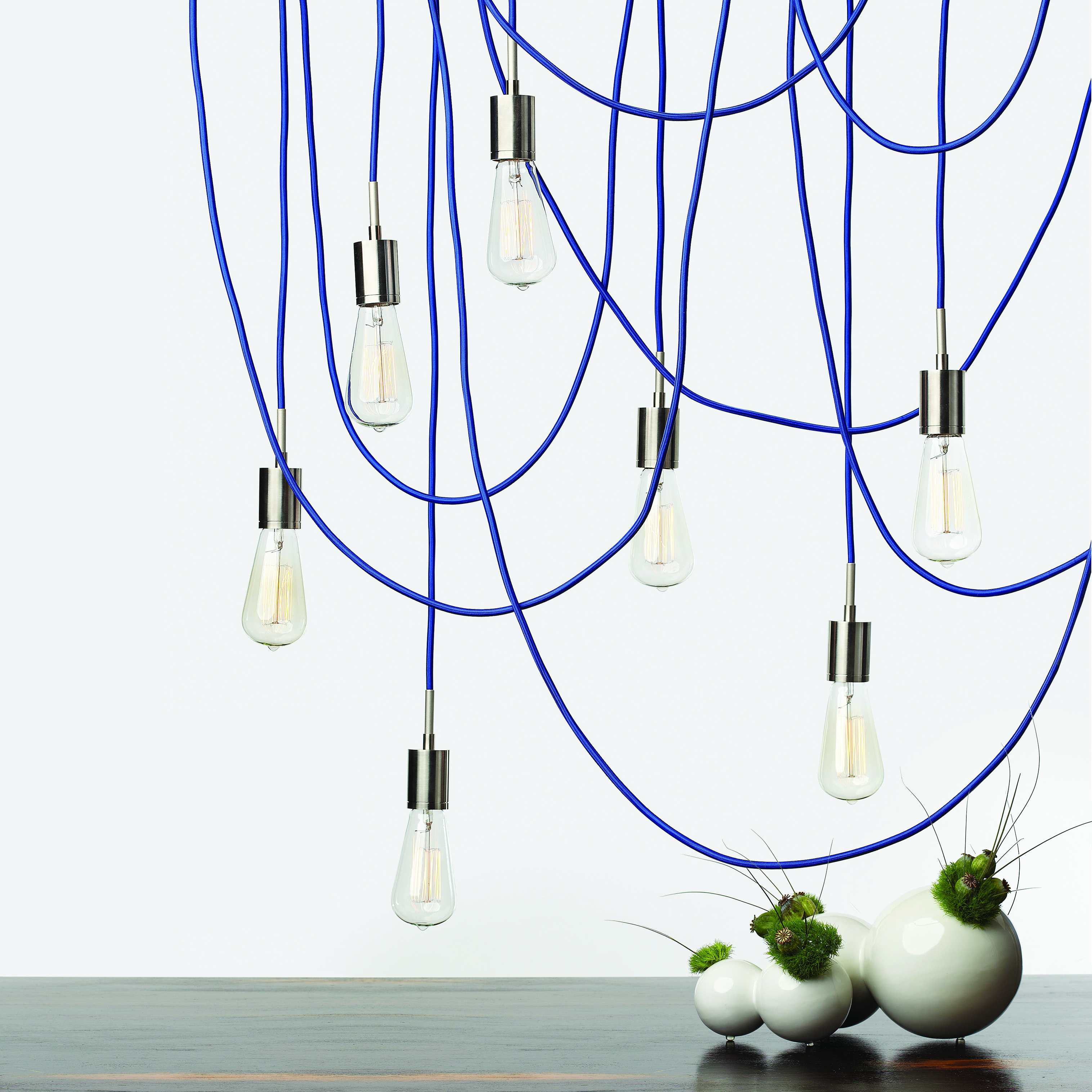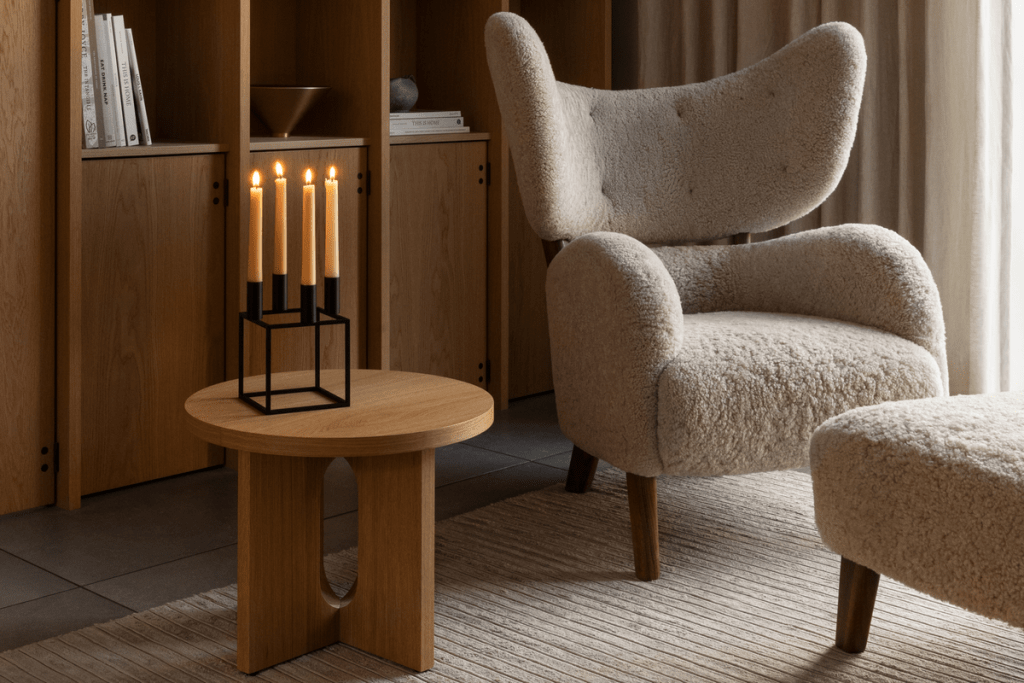Lighting isn’t just about style—it’s about creating the right atmosphere in every room. One of the most important factors in choosing lighting is understanding Kelvin color temperature. The Kelvin scale helps you identify the color and mood a light bulb will produce, transforming your home or workspace with just the right glow.
What Is Kelvin Color Temperature?
Kelvin (K) is the standard unit for measuring the color temperature of light sources. The Kelvin color temperature scale ranges from warm, cozy tones to cool, energizing whites. The higher the Kelvin rating, the cooler and more blue-toned the light appears. Lower values mean warmer, more yellow or amber lighting.
- Lower Kelvin = Warm, Soft Light
- Higher Kelvin = Bright, Cool Light
Choosing the right color temperature can make all the difference in how a room feels and functions.
Kelvin Color Temperature Chart
How to Choose the Right Color Temperature for Your Space
|
Kelvin Range |
Color Appearance |
Best For… |
|
Candlelight glow |
Cozy, intimate spaces; ambient or accent lighting
|
|
|
Warm white/yellow |
Living rooms, bedrooms, dining rooms, outdoor patios
|
|
|
Neutral white |
Kitchens, offices, workspaces, vanities
|
|
|
Cool white/daylight |
Garages, utility rooms, task lighting, display areas
|
|
|
6500K+ |
Bluish daylight |
Commercial settings, hospitals, areas needing maximum focus |
Pro Tip: Always consider both the fixture type and the Kelvin temperature to achieve your desired look and function in each room.

Why Kelvin Color Temperature Matters
Selecting the appropriate color temperature doesn’t just impact visibility—it shapes the mood. Soft, warm lighting is soothing for relaxation, while bright, cool lighting keeps you alert and productive.
Whether you’re updating your kitchen lighting, setting the mood in your bedroom, or designing a workspace, let the Kelvin scale guide your choices for beautiful, functional illumination.



